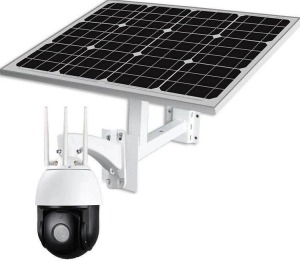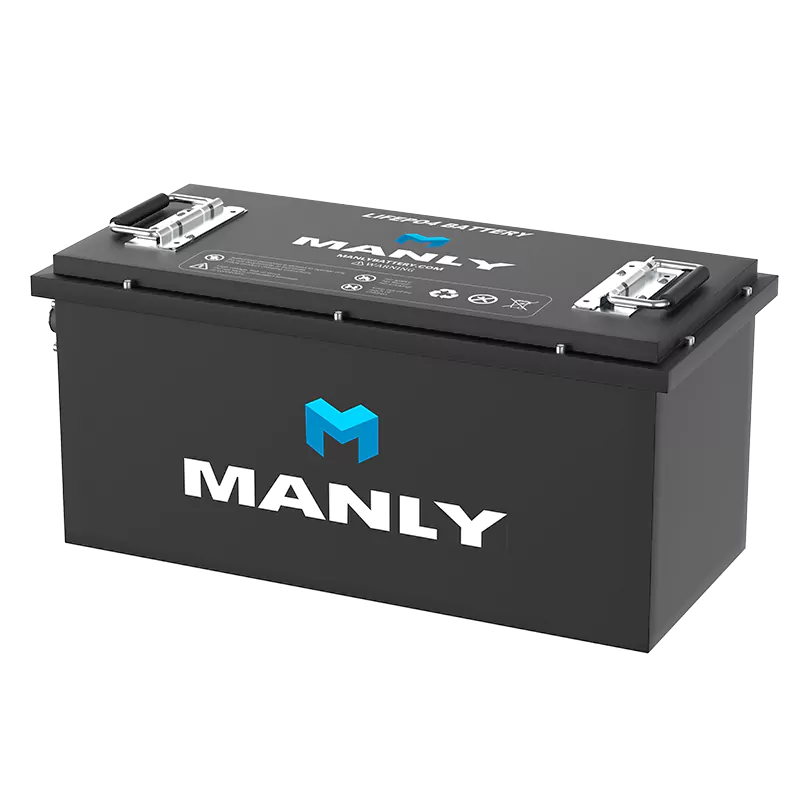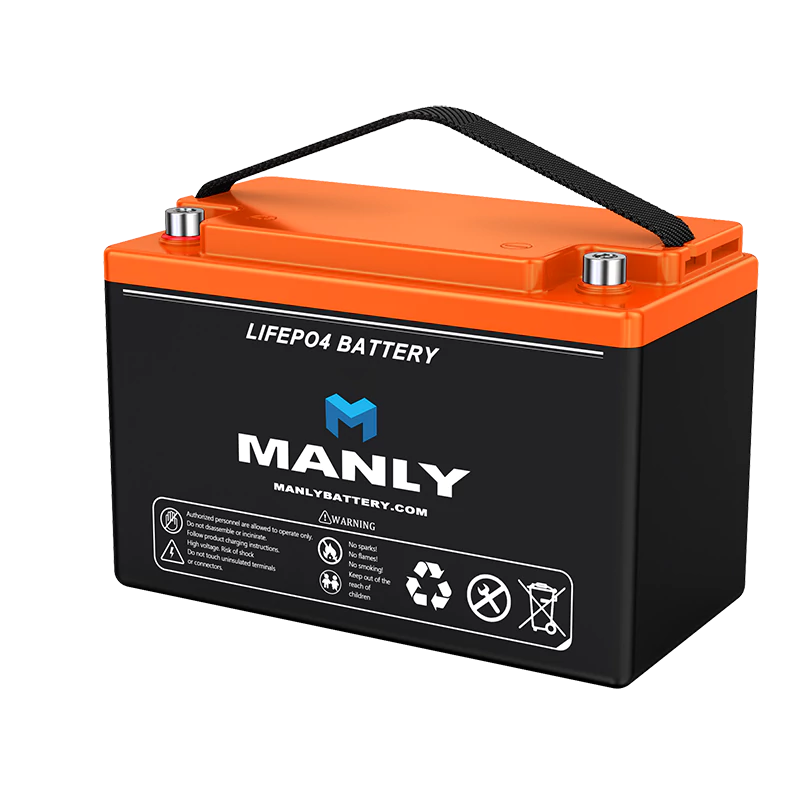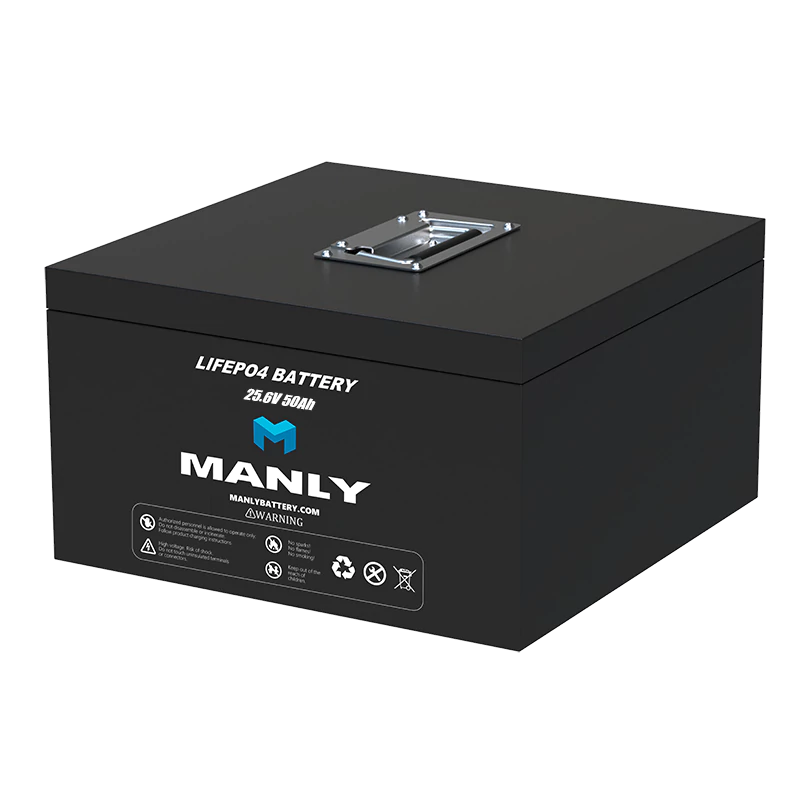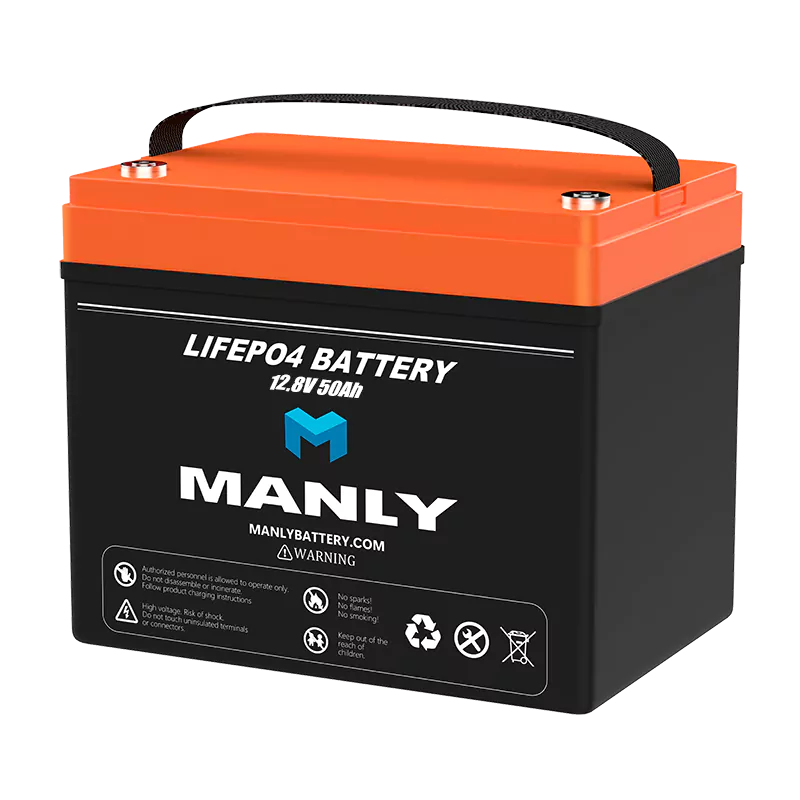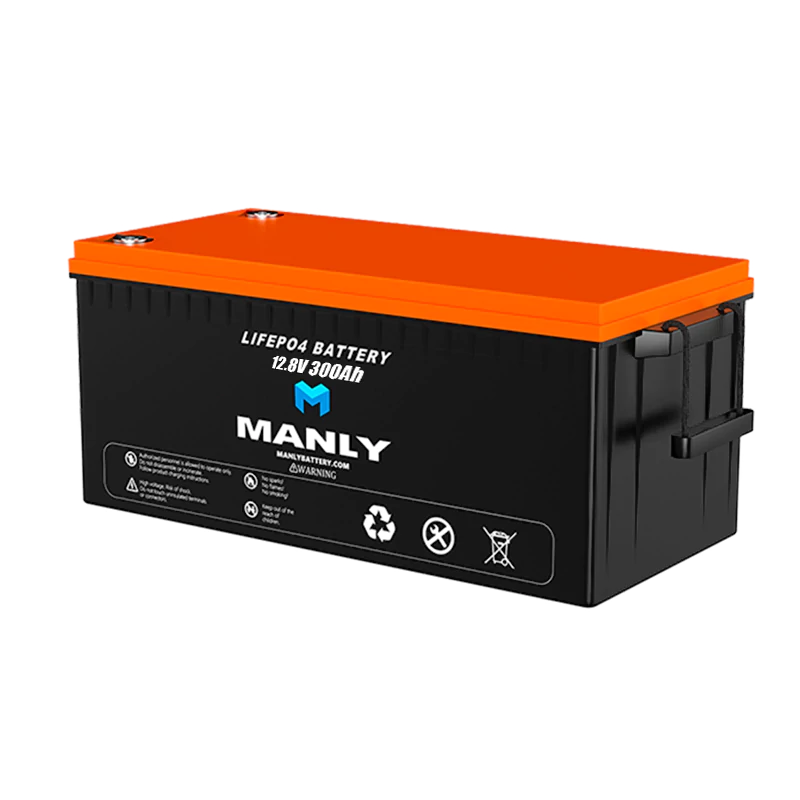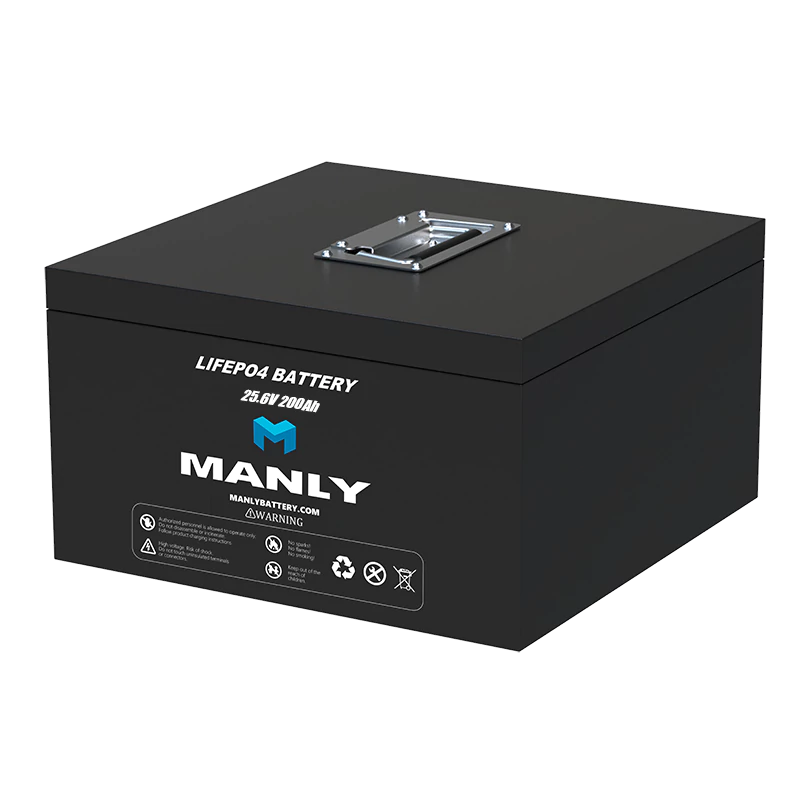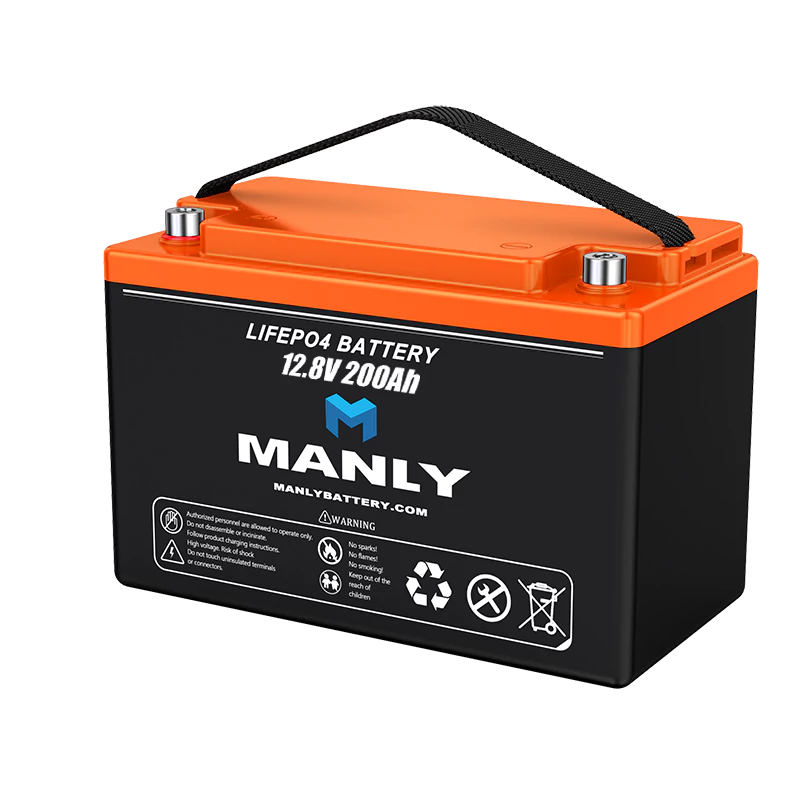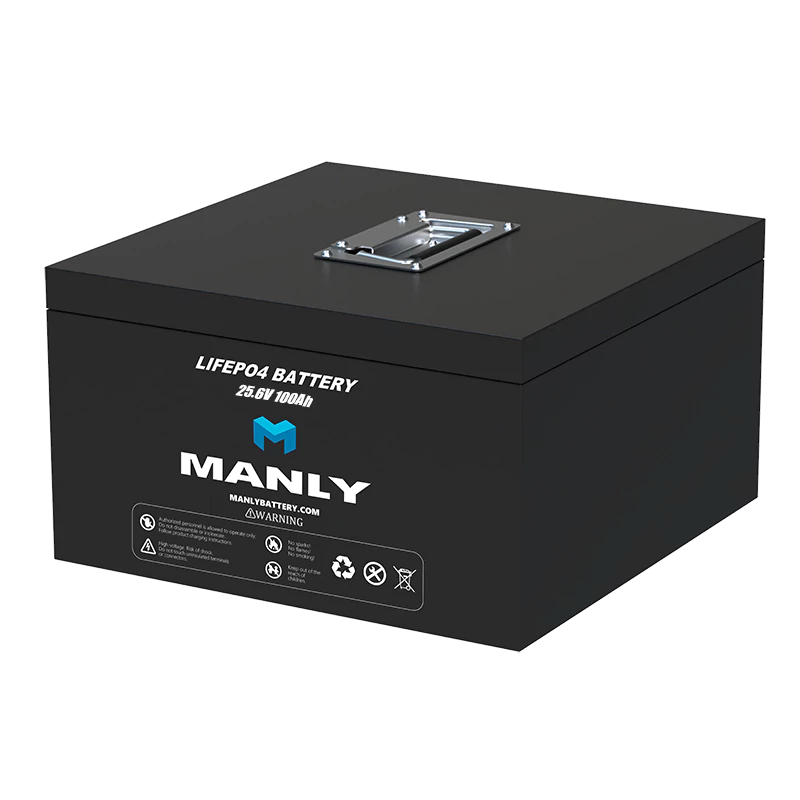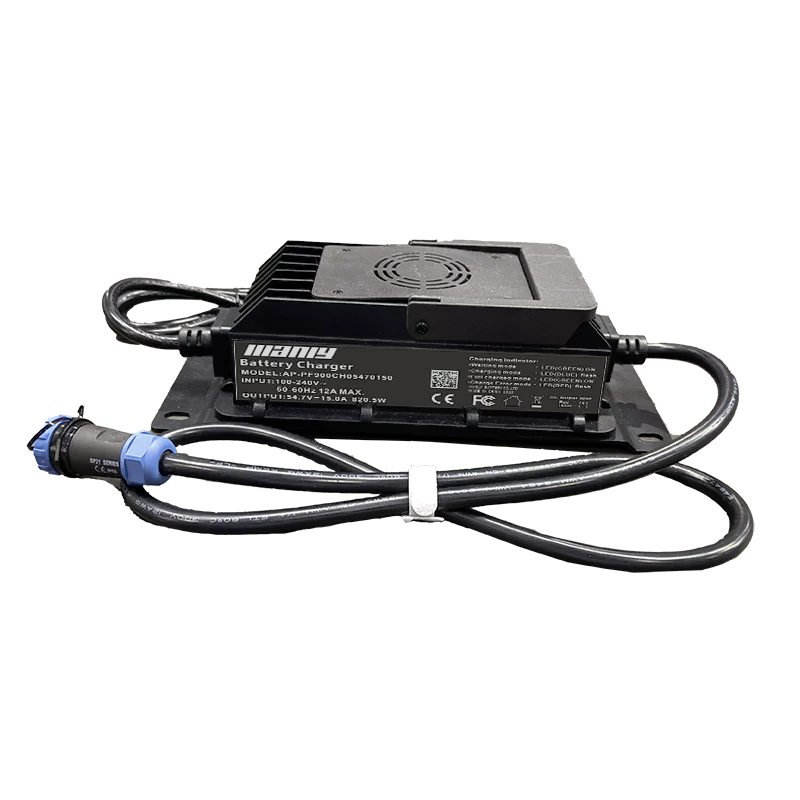2023 Expert Tips: Maximize Golf Cart Battery Life
Table of Contents
- 2023 Expert Tips: Maximize Golf Cart Battery Life

How Long Do Golf Cart Batteries Last
Understanding Golf Cart Battery Longevity
A common question we hear is, "How long do golf cart batteries last?" The answer isn't straightforward and depends largely on how well you maintain them. Good care of deep cycle batteries is crucial. This involves keeping the correct water levels in the electrolytes and ensuring the battery is always fully charged. Never leave it discharged; always plug it in after each use or a round of golf.Usage and Its Impact on Battery Life
The way you use your golf cart significantly affects battery life. Golf carts used in fleet applications at golf courses experience much more usage than those owned privately. Fleet carts are often used for 2-3 rounds of golf each day during busy seasons. In contrast, privately owned carts may see about 3-5 rounds a week, depending on how many people use the cart. Typically, well-maintained fleet cart batteries last around 4-6 years, while those in privately owned carts can last 6-10 years.Factors Influencing Battery Performance
Various features on your cart can also impact the battery. For example, additional accessories like headlights, taillights, or upgraded speed settings (like a 19.2 mph speed code 4) can reduce the battery's overall range, lifespan, and performance.Living in a golf course community and frequently driving to and from the golf course can affect your battery as well. For instance, driving to the course, playing a round of golf, and then driving back home can be as draining on the battery as 2-3 rounds of golf in a fleet cart. Those who use their carts in this manner may find their batteries have shorter lifespans.5 Warning Signs Your Golf Cart Battery Is Failing
Identifying a Failing Golf Cart BatteryIt's crucial to know when your golf cart battery is failing so you can replace it before it completely dies. Here are five signs to watch out for:1. Extended Charging Periods
Golf cart batteries typically charge within a specific time frame, but as they age, they may need more time to charge fully. If you find your battery taking longer than the usual 8 to 10 hours to recharge, this is a clear sign it's nearing the end of its life. A significant increase in charging time is a red flag that you need a new battery.2. Reduced Acceleration
If your golf cart hesitates or struggles to gain speed when you step on the gas, this could indicate a weakening battery. This issue is particularly noticeable when the golf cart faces difficulty climbing hills, pointing to diminished battery power.3. Decreased Travel Range
A noticeable reduction in how far your golf cart can travel on a single charge is a sign of battery deterioration. If your cart can no longer cover the distances it used to without needing a recharge, it's time to consider battery replacement. A healthy battery should comfortably last for several rounds on a golf course.4. Battery Leaks
Spotting a puddle under your golf cart when you move it could indicate a leak in lead-acid batteries. These leaks can release harmful chemicals, posing a risk to you and the environment. It's essential to address a leaking battery promptly to avoid further damage.5. Visible Damage to the Battery
Look out for signs of corrosion, cracks, or bulges in your golf cart battery. Regular charging generates heat, which over time can lead to the battery casing bulging. Any visible damage, including corrosion and cracks, are sure signs that your battery is worn out and needs replacing.
8 Strategies to Extend Your Golf Cart Battery Lifespan Effectively
Maintaining your golf cart battery is crucial for optimal performance, no matter the make of your cart, be it Club Car, Yamaha, EZGO, or any other model. Here are key maintenance tips to keep your golf cart batteries in top shape.1. Consistent and Complete Charging
Always fully charge your batteries after each use, ideally for 8 to 10 hours using a suitable charger. Charging overnight is the best approach, even after short usage durations. Neglecting to charge, especially leaving the batteries with low charge for long periods, can decrease both their capacity and lifespan. Ensure that the charger’s voltage matches that of the battery pack.2. Regular Cleaning
Battery maintenance is crucial for smooth operation. Batteries often gather dust and dirt, so regular cleaning is necessary. Ensure the tops of the batteries are dry and clean. Use a brush with baking soda and water solution for cleaning, and wear protective gear like gloves and safety glasses. Apply anti-corrosive spray to the cables to prevent rust. Always keep battery connectors tight and perform periodic inspections. Vent caps must be securely in place during use and charging.3. Routine Watering
Flooded or wet cell batteries need regular watering. Check them monthly to establish a watering schedule. Only add water after fully charging the battery, and use distilled water. Proper timing and amount of watering are crucial to maintain battery health. Ensure the water level covers the plates, especially after a full charge.4. Frequent Usage and Charging
Regular use and charging maintain battery capacity. Conduct a refresh charge every 45 to 60 days, more often in warmer climates. If you use your golf cart seasonally, consider a charger with a storage mode for automatic refresh charges. Avoid discharging batteries below 80% of their capacity. Older batteries may require more frequent watering and longer charge times.5. Proper Storage of Batteries
Inactivity can severely damage lead-acid batteries. To keep them healthy during storage:- Fully charge the battery before storage.
- Keep the battery in a cool, dry place away from harsh elements.
- Regularly check and maintain the battery’s specific gravity or voltage. Recharge the battery if it falls below 70%.
- Avoid storing in freezing conditions, as this can permanently damage the battery’s internal components.
- Keep the battery away from extreme heat, which speeds up the self-discharge process.
6. Avoid Overcharging
Prevent overcharging your golf cart batteries, especially if they don't have an automatic charger. Fully charge the batteries promptly and avoid keeping them in a partially charged state, as this lessens their lifespan and capacity.7. Manage Discharge Levels
It’s recommended to keep the discharge level of your golf cart batteries between 50-80%. Allowing them to discharge beyond 80% or to complete depletion can negatively affect their lifespan. Regular testing, like hydrometer readings and voltage tests, helps maintain battery balance and identifies potential issues early. Load testing is also crucial for identifying weak or faulty batteries.8. Regular Monitoring and Maintenance
Always monitor the voltage of each battery cell for future reference. Key points to remember include:- Prevent exposure of battery plates to air to avoid corrosion.
- Fill water levels appropriately without overfilling to prevent acid overflow and corrosion.
- Use only distilled or deionized water to avoid mineral buildup.
How Much Are Golf Cart Batteries
The price of replacing batteries in your golf cart can vary widely due to the different types of golf carts and batteries available. On average, for traditional lead-acid batteries, you can expect to spend between $1,000 and $1,600. If you opt for lithium golf cart batteries, the cost could be two to three times higher than lead-acid batteries. However, the advantage of lithium batteries is their longevity; they often last for the entire lifespan of the golf cart without needing replacement.Lithium vs. Lead-Acid: Golf Cart Battery Showdown
When it comes to golf cart batteries, there are two primary types: the traditional lead-acid batteries and the newer lithium variants. Lithium batteries are gaining popularity, not only for their longevity but also for their overall efficiency.(For more information about the best golf cart lithium battery, please click here.) Here's a detailed look at the advantages and drawbacks of both types:Advantages of Lithium Batteries for Golf Carts
Switching to lithium batteries offers several benefits. These batteries are more compact and lightweight compared to lead-acid types, reducing the weight of your golf cart or freeing up space. They also pack more power, allowing your cart to travel longer distances on a single charge. Lithium batteries charge much quicker, up to three times faster than lead-acid batteries, and can handle complete discharge without damage.Additionally, lithium batteries are maintenance-free post-installation, as they are sealed units. Their long life span means less worry about frequent replacements or maintenance, providing more time to enjoy your golf cart.Drawbacks of Lithium Golf Cart Batteries
On the downside, lithium batteries for golf carts come with a higher price tag than lead-acid batteries. This cost reflects their newer technology and longer life expectancy. However, many golf cart owners find that the initial investment is offset by the extended lifespan and reduced maintenance needs of lithium batteries.Discover the Best Lithium Batteries
Lithium batteries are rapidly becoming the go-to option for golf cart owners seeking to boost their vehicle's performance and longevity. Known for their impressive lifespan, reduced weight, and swift charging capabilities, these batteries are gaining favor in the golf cart community. If you're in the market for the best lithium batteries for your golf cart, this article provides valuable insights: "The 6 Best Lithium Golf Cart Batteries"




